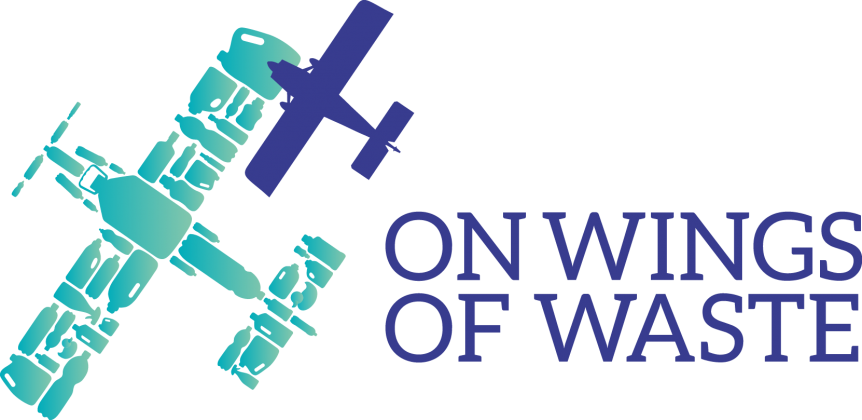Plastic threatens to choke the world’s oceans, five gyres or “garbage patches” of plastic debris twirling around in toxic profusion. These plastic bits and pieces, slowly photodegrading into smaller and smaller pieces, also choke the fish and birds that feed on or in the water. It’s a huge problem that invites grand visions for solutions In what may at first glance seem a very small attempt to help,”Campaigning Pilot Jeremy Rowsell has made history by flying a light aircraft more than 500 miles from Sydney to Melbourne, Australia, using conventional fuel blended with 10% fuel manufactured by the UK’s Plastic Energy, from plastic waste.” Jeremy flies a Vans Aircraft RV-9A, which uses a blend of “end-of-life” plastic waste, transformed from a pollutant into a viable jet A1 fuel by a process developed by Cynar PLC, an Irish firm. That process has been picked up by Plastic Energy SL, a Spanish company. “On Wings of Waste” (OWOW) uses a “’10 per …
Recycling Lithium Batteries and Adding Seeds and Pine Resin – Better than Mining?
Recycling is good. Those empty beverage cans we turn in at the supermarket come back to us, newly reformed and filled with our favorite drinks – all at about 1/10th the energy cost of making the cans from fresh bauxite and generating all the electricity necessary for new aluminum stock. Besides, aluminum ore is a limited resource, and finding and mining fresh supplies is ever harder and more expensive. Lithium is an even more severe problem. Used rechargeable batteries other scarce minerals such as cobalt, manganese and lithium-based electrolytes. Most of the world’s supply of lithium seems to be in places not necessarily allied with U. S. interests. Battery University says 70-percent of the world’s supply is in Bolivia, Argentina, Chile, Australia and China. Bolivia’s salt flats are in a mostly inaccessible area and would require building of major roads and extraction facilities. Unfortunately that country is not on good terms with the United States. China will want to protect its …

